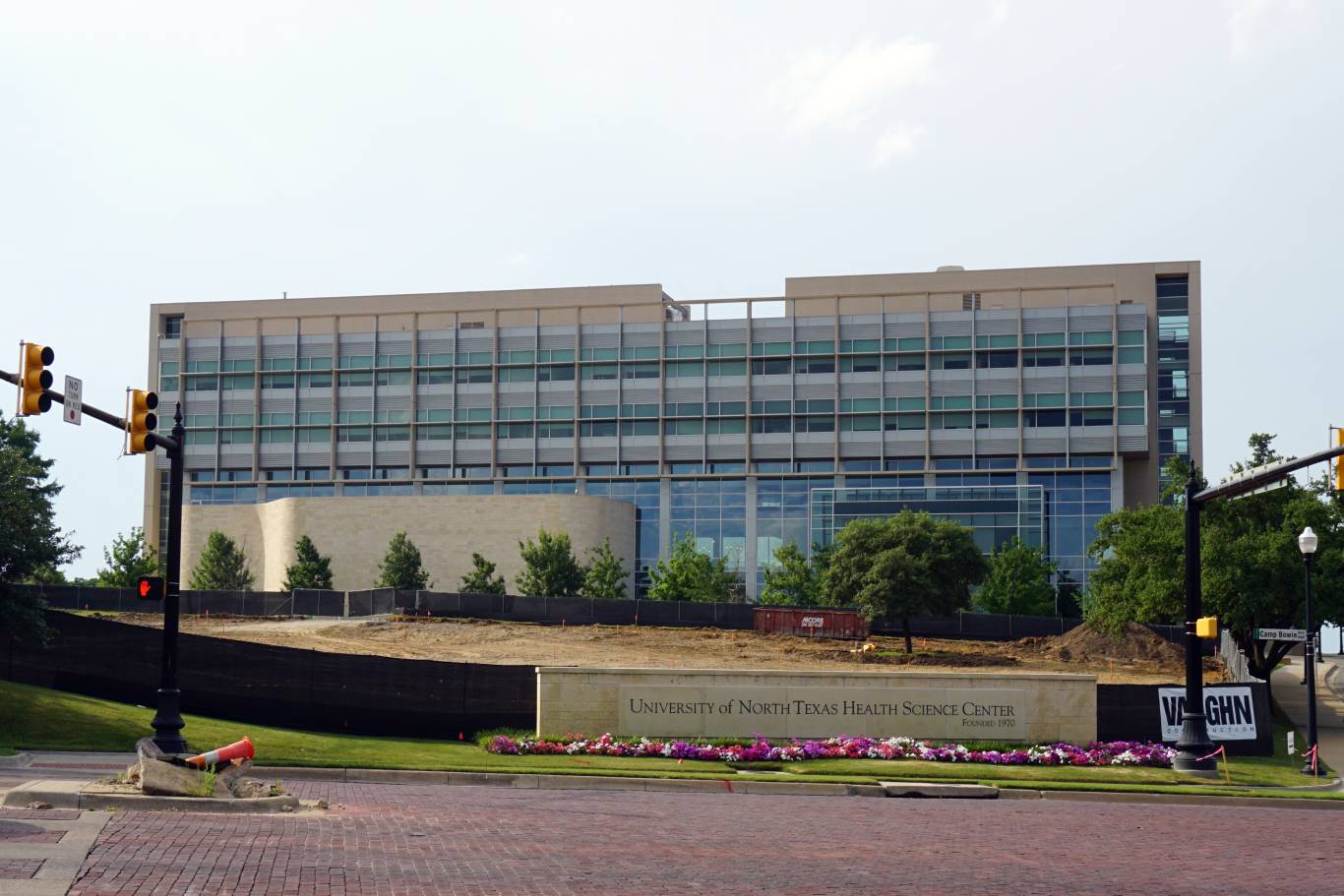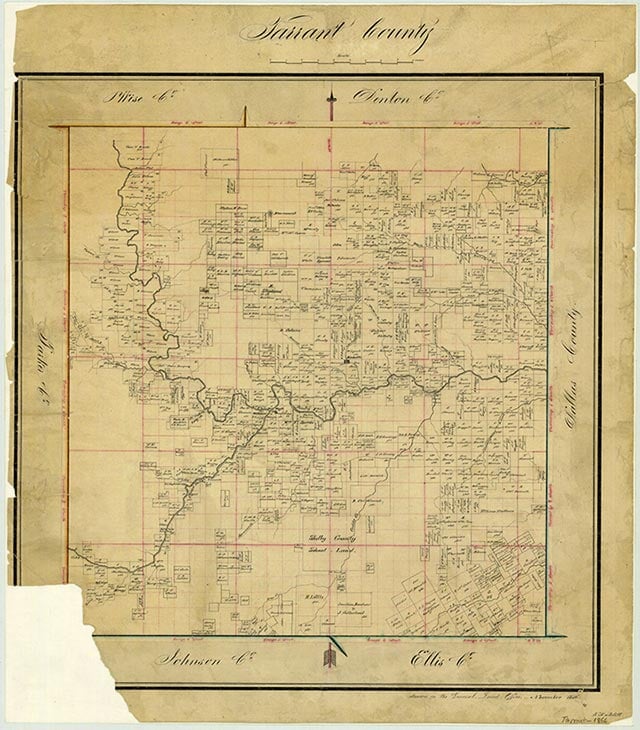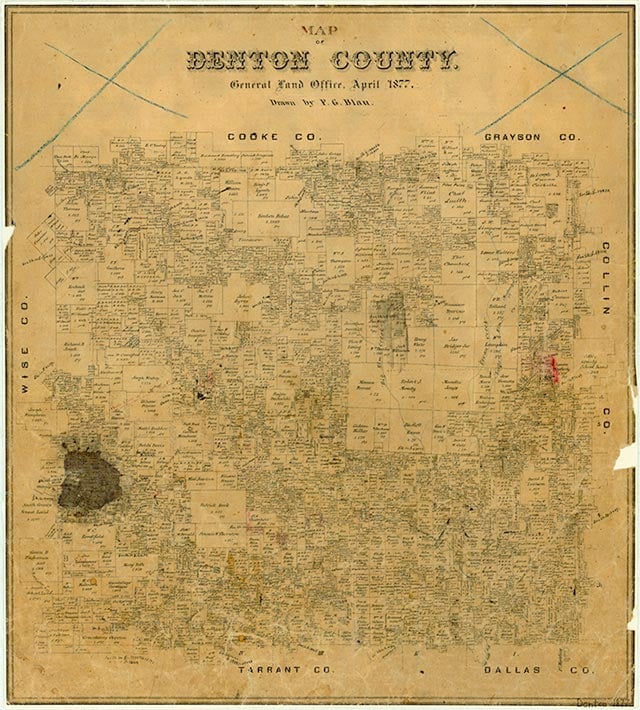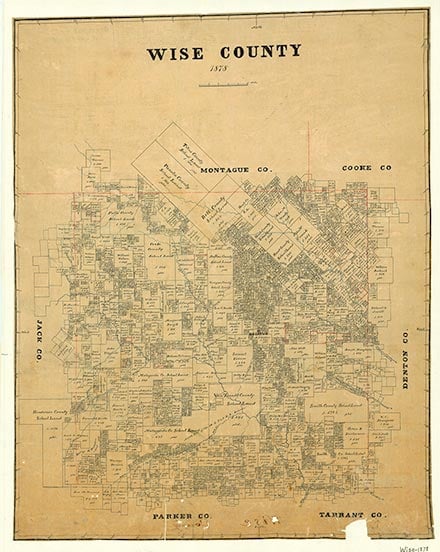University of North Texas Health Science Center at Fort Worth

The University of North Texas Health Science Center, Fort Worth



In 1961 the Texas Association of Osteopathic Physicians and Surgeons (now the Texas Osteopathic Medical Association) conceived the idea of establishing an osteopathic medical school in Texas. After much study and discussion, Texas College of Osteopathic Medicine received a charter from the state on June 15, 1966, as a private nonprofit institution. The college was to be located in Fort Worth due to the large concentration of osteopathic physicians there, including the founding officers: George J. Luibel, chairman; D. D. Beyer, vice chairman; and Carl E. Everett, secretary-treasurer. By 1969 the Texas osteopathic profession had raised sufficient funds to open an administrative office and hire Henry B. Hardt, chairman of the chemistry department at Texas Christian University, as associate dean and chief administrative officer. During 1970 Hardt appointed the initial ten full-time faculty members, recruited twenty more as volunteers, obtained temporary classroom and laboratory space at Fort Worth Osteopathic Hospital (now the Osteopathic Medical Center of Texas), and received the required pre-accreditation from the American Osteopathic Association. The Texas College of Osteopathic Medicine was only the second osteopathic medical school to open since 1916. The first class of twenty students entered in October 1970. Texas College of Osteopathic Medicine began to receive partial state support when Senate Bill 160, which provided operating funds, was signed into law in May 1971. In February 1972 TCOM entered into an affiliation agreement with North Texas State University in Denton (now the University of North Texas) to provide the medical students with basic science instruction on the NTSU campus. With the passage of Senate Bill 216 in May 1975, TCOM became a separate state-supported medical school under the direction of the NTSU Board of Regents through the president of the university.
The college rapidly outgrew its scattered temporary facilities and began development of a central sixteen-acre $71 million campus in Fort Worth. The first permanent facility on the TCOM campus-Medical Education Building 1-opened in August 1978, housing the clinical science departments, classrooms, outpatient clinics, administrative offices, and a library. In order to accommodate all academic activities on one campus, a second building was needed to house the basic science departments, which were rapidly outgrowing their temporary quarters. From the nucleus provided by North Texas State University, TCOM committed itself to developing its research faculty and programs. Despite osteopathic medicine's traditional emphasis on teaching and clinical service, TCOM administrators believed that a strong biomedical research program was essential to the education of well-trained primary care physicians. This philosophy was implemented with the opening of Medical Education Building 2 in 1982. Medical Education Building 3, housing the Gibson D. Lewis Health Science Library, biomedical communications, and a computer center, opened in December 1986. The first TCOM outpatient clinic opened in 1973 on Rosedale Avenue in Fort Worth. The Mobile Clinic Program also began that year, using a specially equipped van to bring medical services to eight Community Action Agency sites. As TCOM grew, additional clinics were established to serve Fort Worth's inner city residents, military retirees at Carswell Air Force Base, and the citizens of rural Justin and Godley, Texas. In conjunction with the rapid growth of the clinical science and research programs, TCOM became one of the first medical schools in the nation to commit itself to a curriculum based on the promotion of health. In February 1980 the college adopted a visionary statement of educational goals designed to address unmet health care needs through a shift in emphasis in osteopathic medical education from the treatment of established disease to the promotion of health and wellness. At the same time, TCOM recognized its obligation to continue to train students in traditional medical skills and knowledge.
Craig Elam, Ray Stokes | © TSHA

Adapted from the official Handbook of Texas, a state encyclopedia developed by Texas State Historical Association (TSHA). It is an authoritative source of trusted historical records.

- ✅ Adoption Status:
Belongs to
University of North Texas Health Science Center at Fort Worth is part of or belongs to the following places:
Date of Founding Notes
Classes first held in 1966 as private college; part of North Texas State University, 1975; current name, 1993
People
-
President, Dr. Michael R. Williams 2013–Present
Currently Exists
Yes
Place type
University of North Texas Health Science Center at Fort Worth is classified as a College or University
Tags
External Websites
- University of North Texas Health Science Center at Fort Worth (Official Website)
Fall Faculty Count, 2017
418
Fall Enrollment Count, 2022 View more »
2,294
